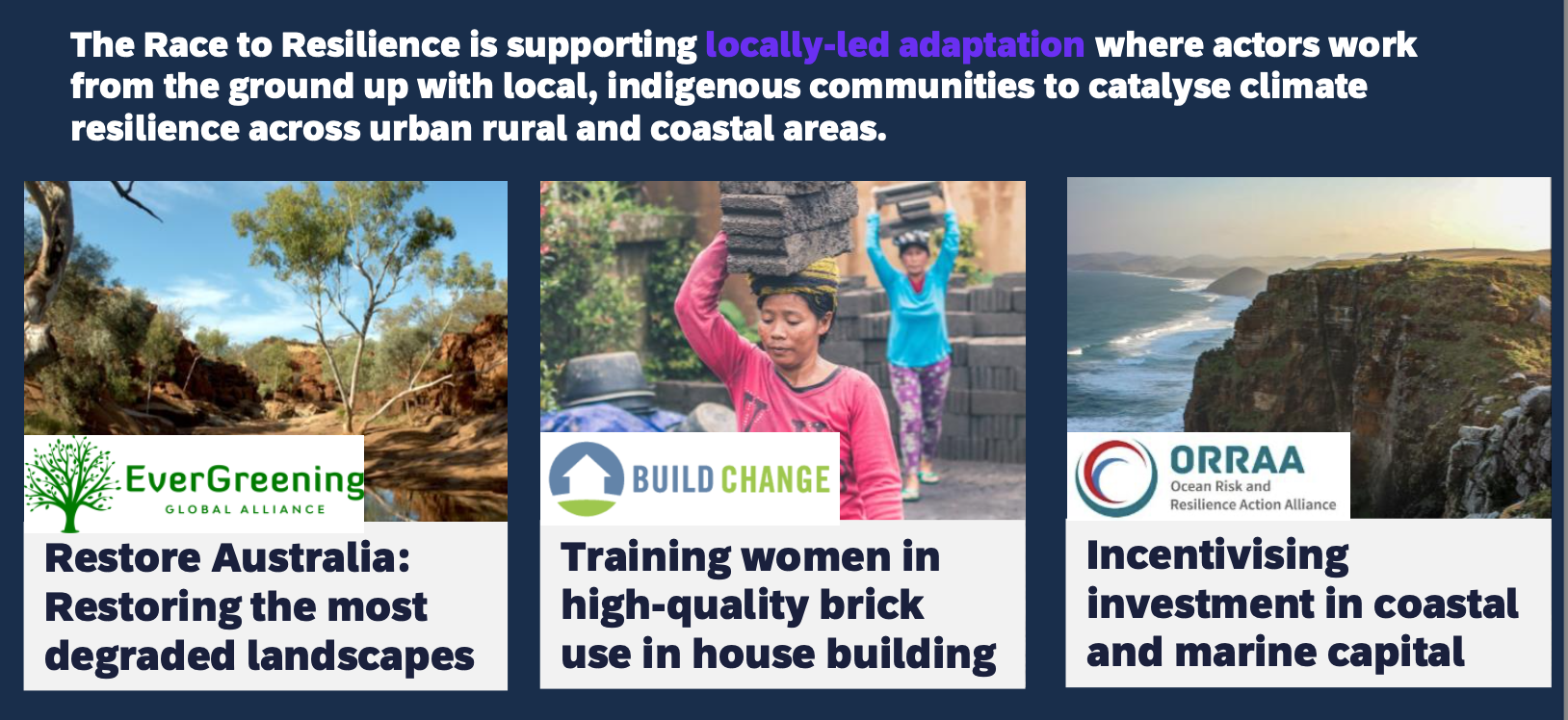Progressing global adaptation and resilience action: Contribute to the Sharm El-Shiekh Adaptation Agenda annual implementation report
The Climate Champions invite you to participate in the Sharm Adaptation Agenda Public Survey. Your insights will be instrumental in assessing the progress we’ve made across key areas.



